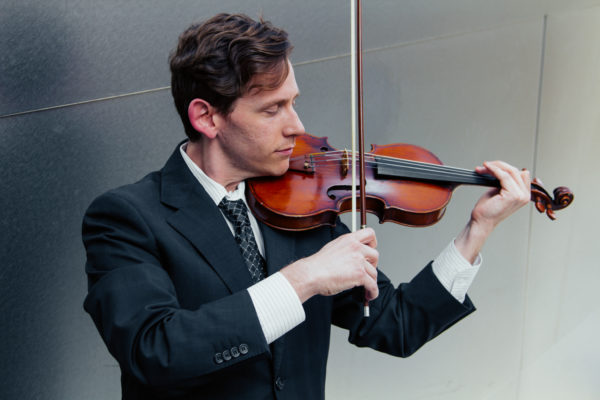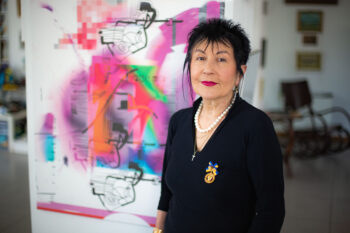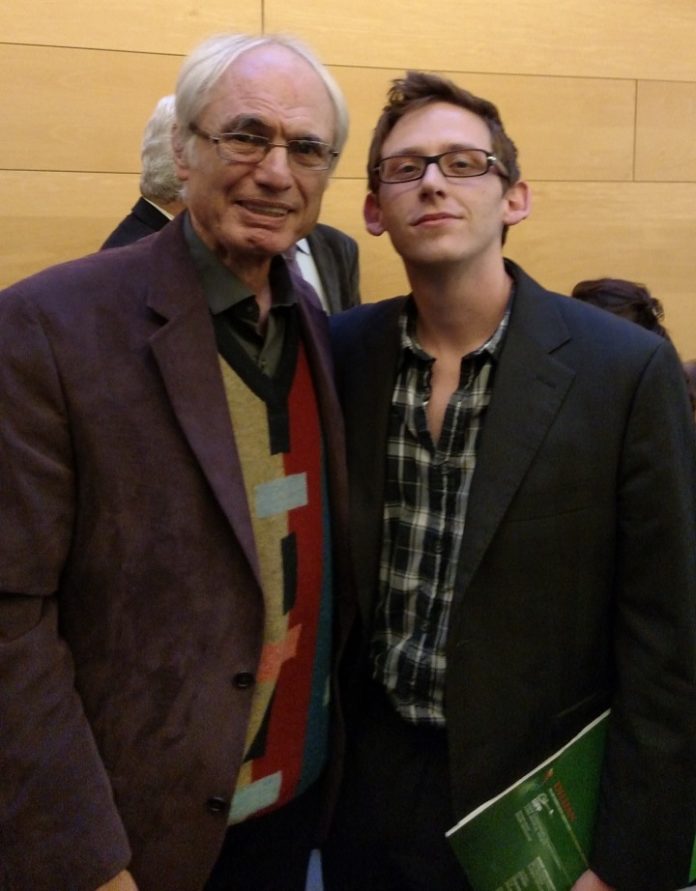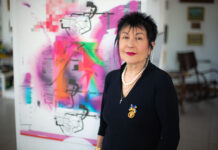YEREVAN / PARIS – American composer and violinist Kristapor Allen Najarian was born in 1991 in Orange County, Calif. He studied music composition and violin at the University of California, Los Angeles (Bachelor of Arts degree in Music) and since 2019 he has studied at the École Normale de Musique de Paris with Prof. Éric Tanguy. He had performances of works across the United States and internationally in prestigious arenas which include the Juilliard School, Dilijan Chamber Music Series (Los Angeles), Music from Angel Fire (New Mexico), Chamber Music Northwest (Portland), Newport String Festival (Rhode Island), Yerevan Perspectives International Music Festival and Khachaturian Opera House (Armenia), Salle Cortot (Paris), and the Lithuanian National Commission for UNESCO. Najarian’s compositions have been performed by world class artists and ensembles, including Movses Pogossian, Antonio Lysy, and the Asylum Quartet. He performed internationally in a variety of idioms including classical, folk, rock, pop, blues, jazz, and country western; collaborated with world-renowned artists including Movses Pogossian, Guillaume Sutre, Ali Jihad Racy and Ambroise Aubrun; concertized in prestigious venues including Zipper and Walt Disney Concert Halls (Los Angeles), Sydney Opera House (Australia), and Aram Khachaturian Opera House (Armenia). He recorded in studios (EastWest and others) as performer and arranger, collaborating with artists in various genres to produce work ranging from full-length albums to film scores.
And just some reviews: “… driving rhythm, a wild dance, a soft wail, a dizzying melody over constant running notes that have quirky rhythmic accents laid into them” (Laurie Niles, Founder/Editor, Violinist.com, 30 May 2015 [on ‘A Tale for Two Violins’],” “…a compelling 21-minute piece for unaccompanied violins, structured in six episodes ripe with folk-inflected melodies, bent pitches, animated rhythms and a nod early on to Ravel’s String Quartet in F. Accessible without mortgaging a sense of mystery…” (Mark Stryker, Detroit Free Press, 5 November 2015).

Kristapor, in the US many people change their Christian names to make it easier to pronounce. Yet you are not Christopher, but Kristapor!
My parents wanted to give my brother and me traditional Armenian names (my brother’s name is Shahan). But they were also aware of the difficulties we might encounter from having non-traditional American names. So, the names they chose were ones that my brother and I would be able to “modify” if we chose to, in order to fit more easily into American circles. Some of my American friends refer to me as “Kris” while some of my brother’s refer to him as “Shaun.” In general, though, we use our Armenian names as much as possible!
And my second question is the typical one for us, Armenians: where are your ancestors from?
My paternal grandparents are from Adana and Marash. My father is Vigen Najarian, who was born in Beirut. He is a luthier of the oud, an art form he learned from his grandfather (my great-grandfather) Dikran Najarian, who escaped the Genocide in 1915 and settled in Lebanon. Besides being a builder of the oud, my father is also a highly skilled performer on the instrument. I have learned much Armenian and Arabic music from him!








